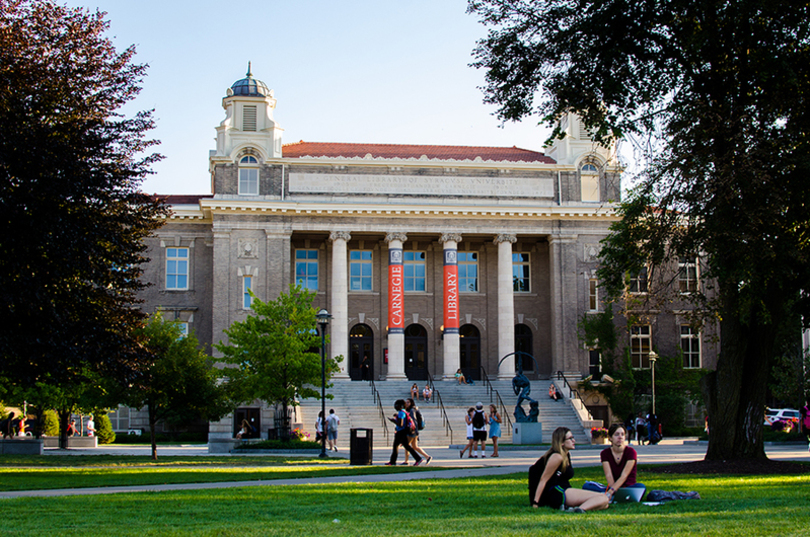State appropriations for higher education increase for public colleges

Kiran Ramsey | Digital Design Editor
In 2015, state and local governments invested $90.9 billion in higher education and $88 billion was allocated for supporting public higher education, according to the State Higher Education Executive Officers Association.
State appropriations for higher education institutions have increased by 3.4 percent in three-quarters of states, according to a recent report published by Inside Higher Ed.
The appropriations increased by $2.75 billion in 39 out of 50 states from the 2014-15 to 2016-17 fiscal year. The total amount of appropriations was $83.6 billion, according to a Grapevine report published on Feb. 6.
Following the Great Recession in 2008, many states decreased the amount of appropriations set aside for higher education, with many states’ budget cuts tending to focus largely on education spending, according to a Center on Budget and Policy Priorities report. However, while state spending was initially on a downward trend after the recession, it is now increasing again.
The state of New York saw a 2.8 percent increase while the state of Hawaii had the largest increase — 10.5 percent increase — according to the report. Higher education spending overall, however, is not at the rate it was before the financial crisis in 2007.
Prompted by the financial crisis, more students have decided to attend college as a means to pursue a professional career, according to the CBPP report. Tuition has been going up and more students have been taking out loans for college since the financial crisis, per the report.
In 2015, state and local governments invested $90.9 billion in higher education and $88 billion was allocated for supporting public higher education, according to the State Higher Education Executive Officers Association.
Michah Rothbart, assistant professor of public administration and international affairs at Syracuse University’s Maxwell School of Citizenship and Public Affairs, said in an email that appropriations — which are funds made available through state budgeting processes — are not necessarily spending. He also said the increased money worth is not the same as increases in inflation-adjusted dollars.
“Unfortunately, adjusting for actual spending levels and inflation requires some time,” Rothbart said.
Katherine M. Michelmore, an assistant professor of public administration and international affairs at Maxwell, said she believes that the effect of increased state spending on higher education relies largely on where the money is allocated.
“If the program is targeting under-represented populations in colleges, it could have an impact,” Michelmore said. “The place where I get more worried is if the focus is on those already going to college, we need to think about where we are targeting the money.”
One debate that looms in the education world is whether to make public higher education free. New York state Gov. Andrew Cuomo proposed a plan in January that makes all State University of New York and City University of New York colleges tuition free for individuals who make up to $125,000 per year. That would apply to students who attend the State University of New York College of Environmental Science and Forestry in Syracuse.
Michelmore said she hopes higher education is free for students of lower tax brackets one day.
“I wish there was more transparency in pricing of college,” Michelmore said. “For instance, you could go to the SU website and see how much you’d pay. I feel like the availability of aid is not so much known, so low-income kids don’t know if they could afford it because they just see the sticker price.”




